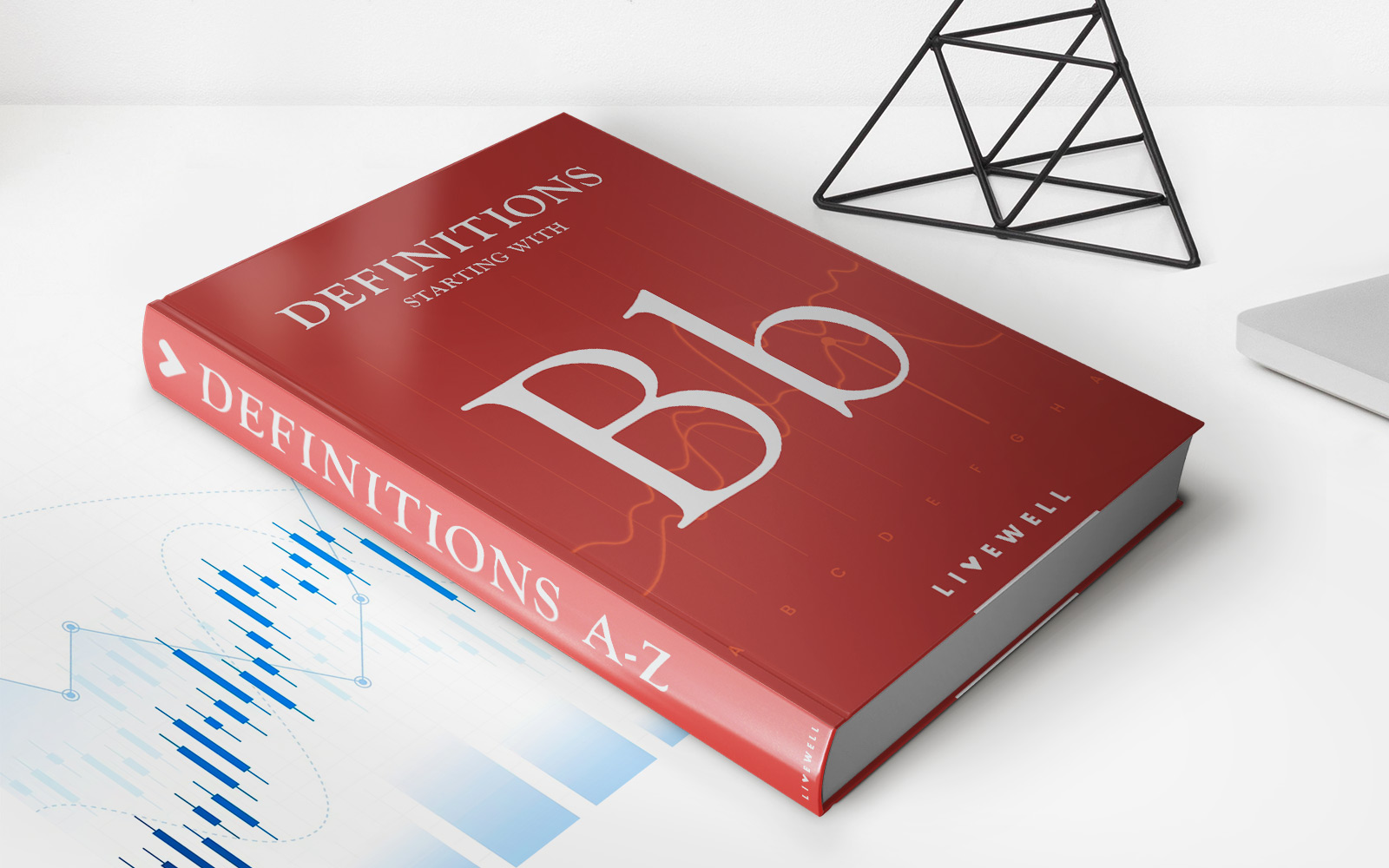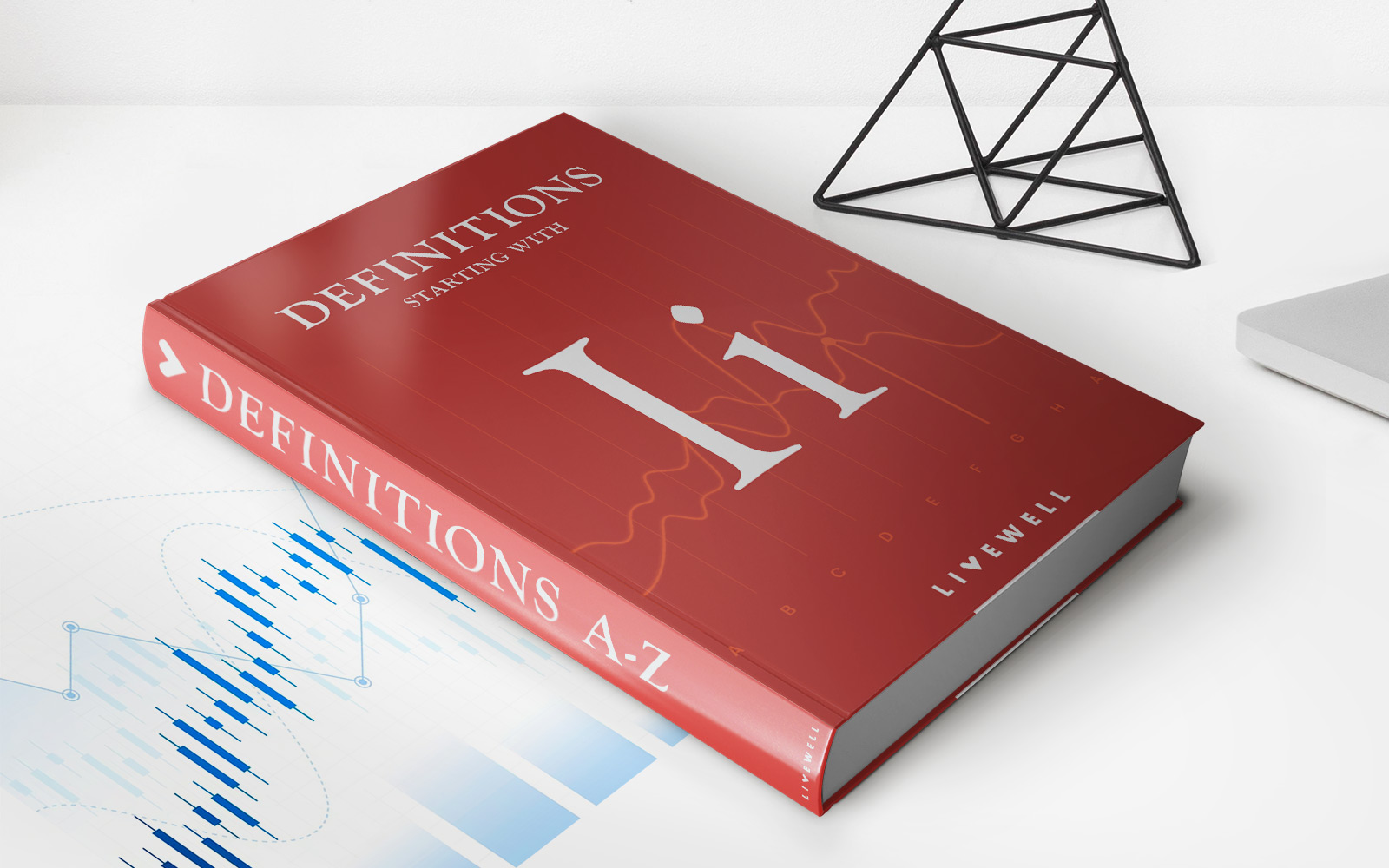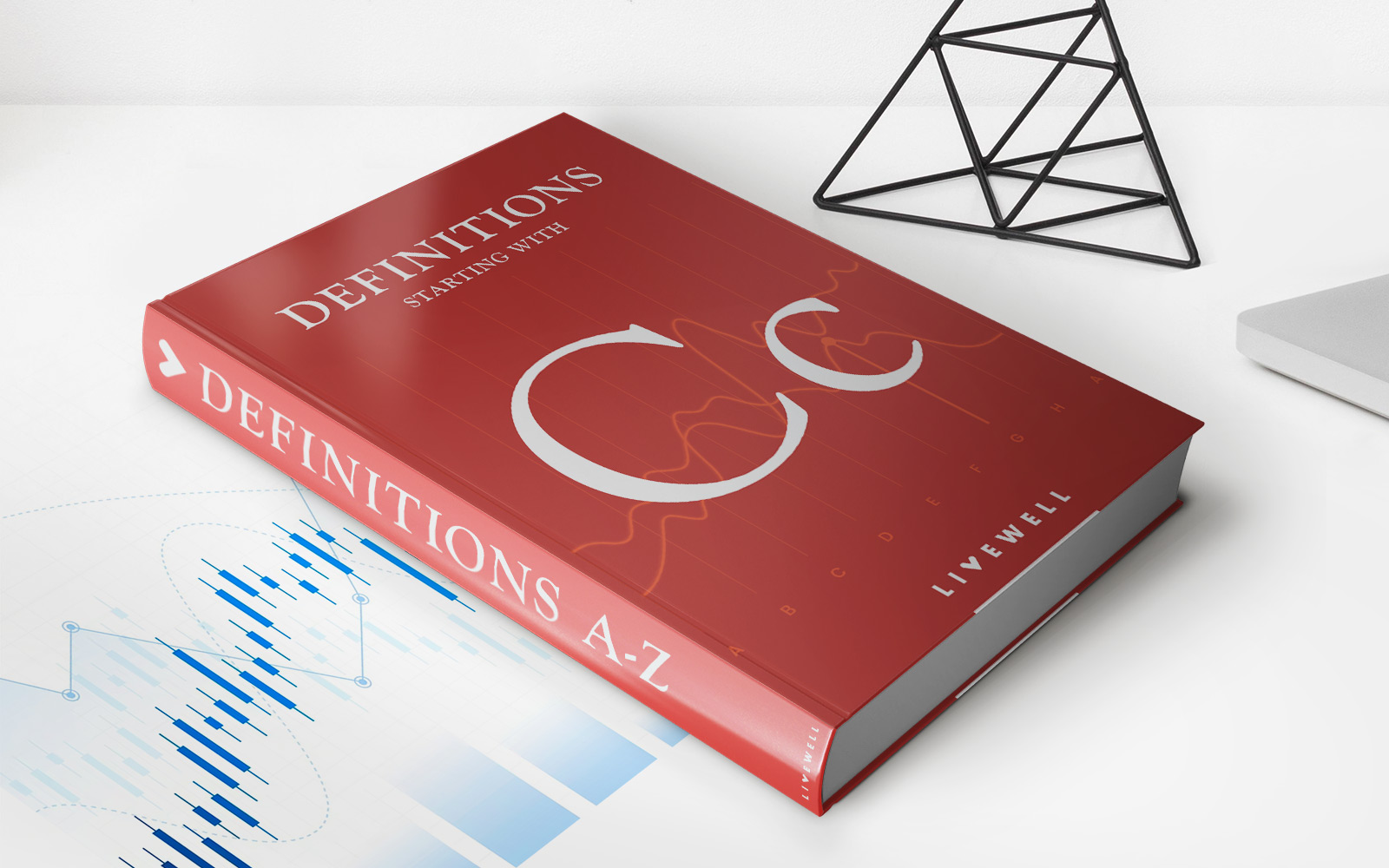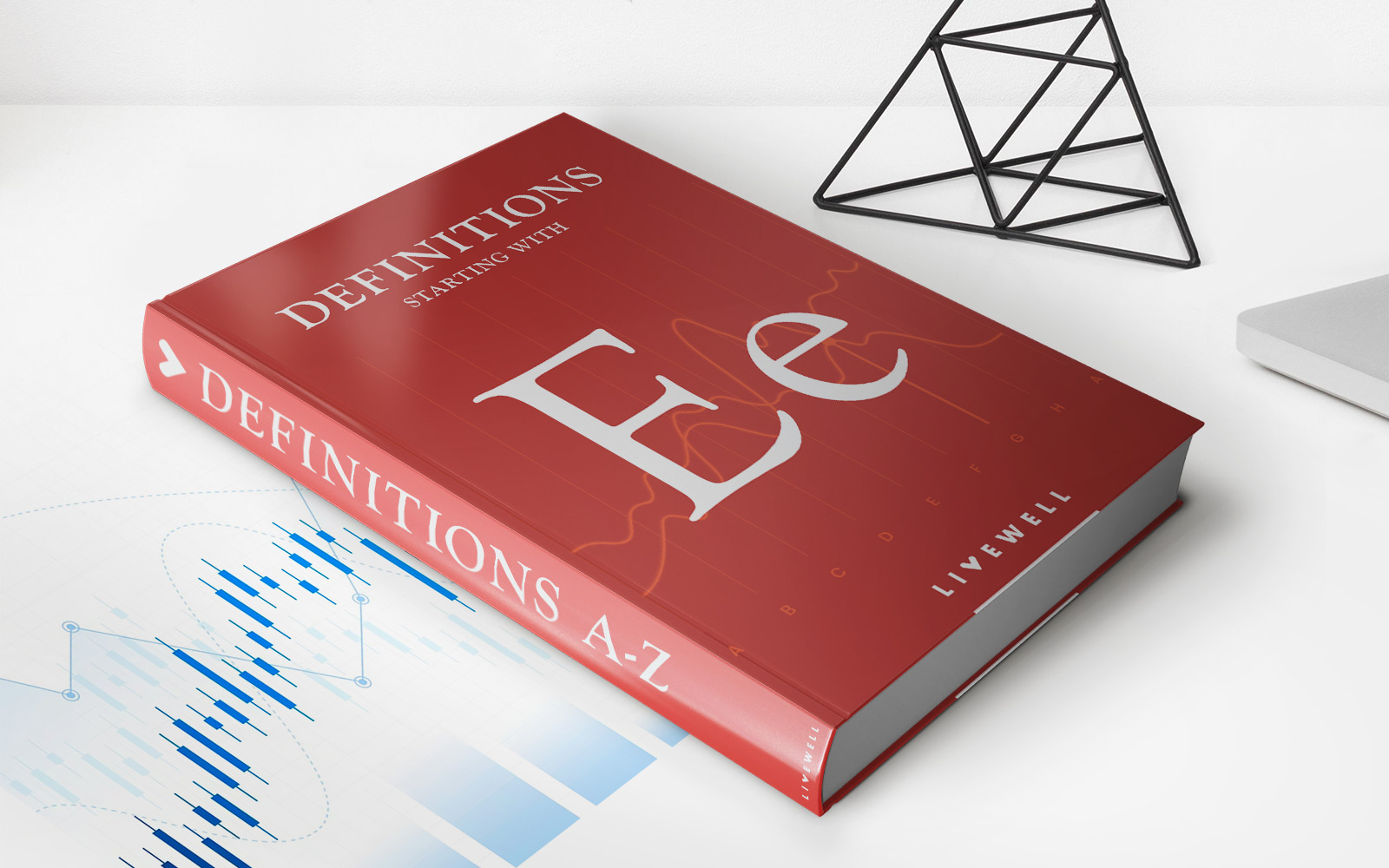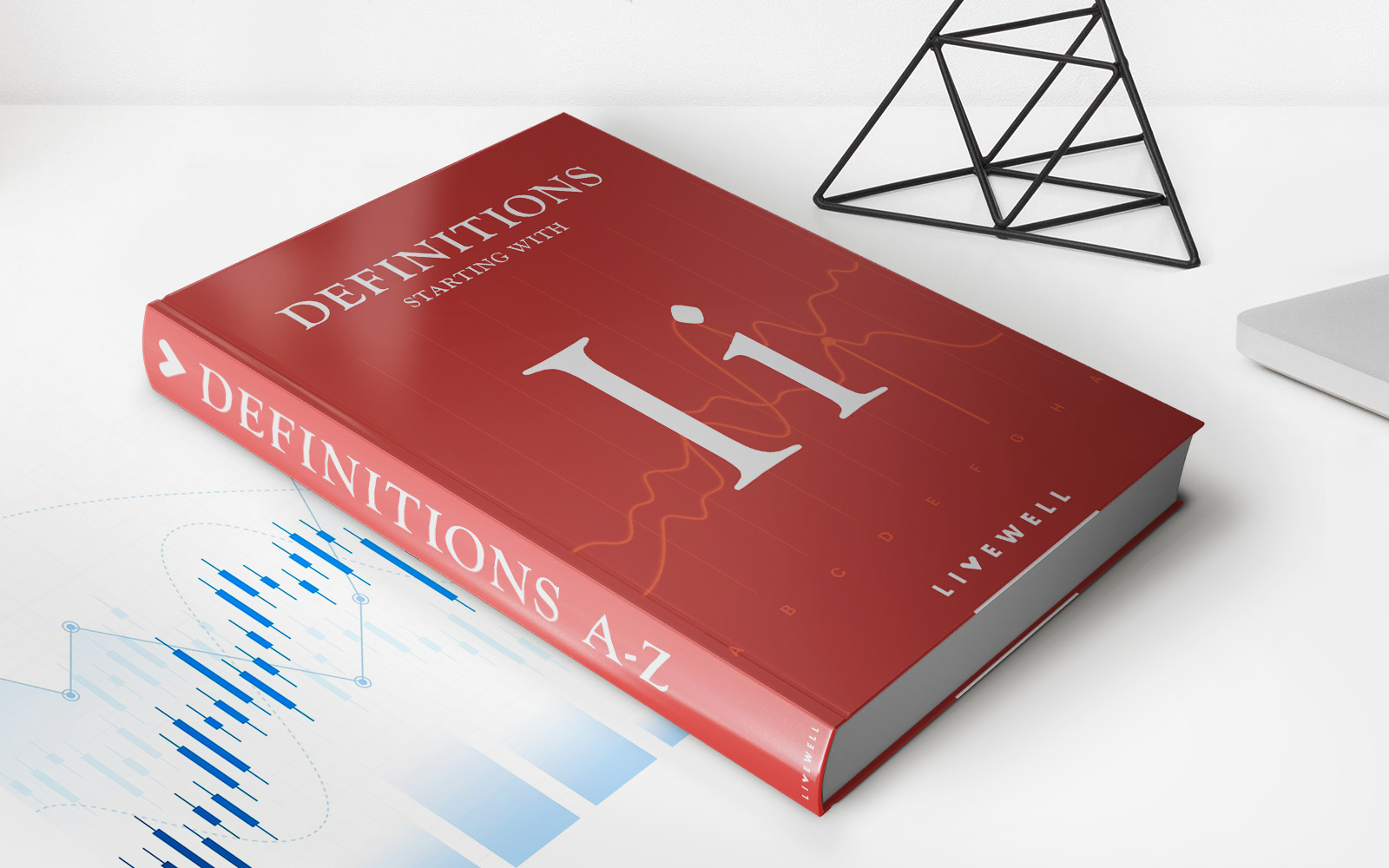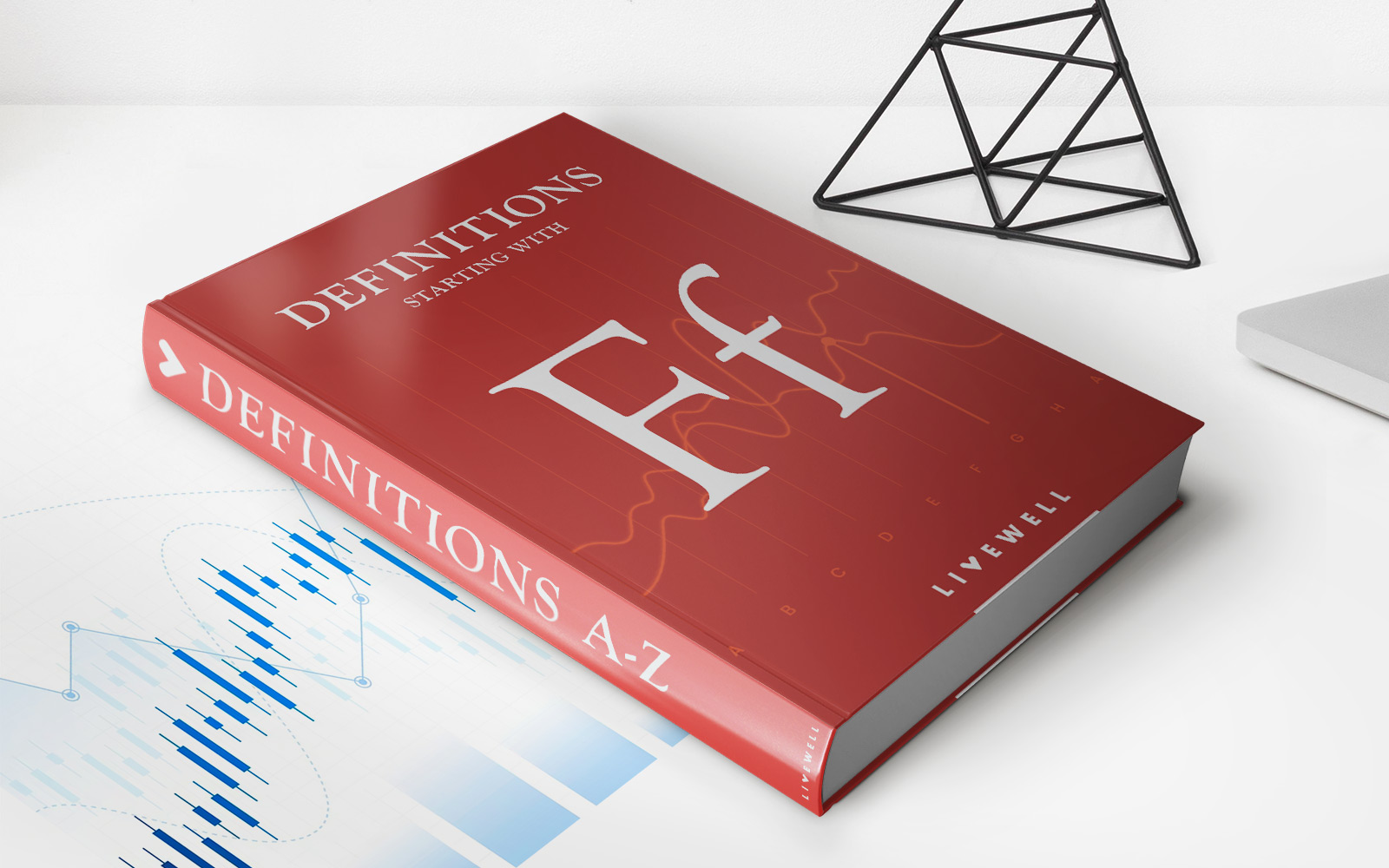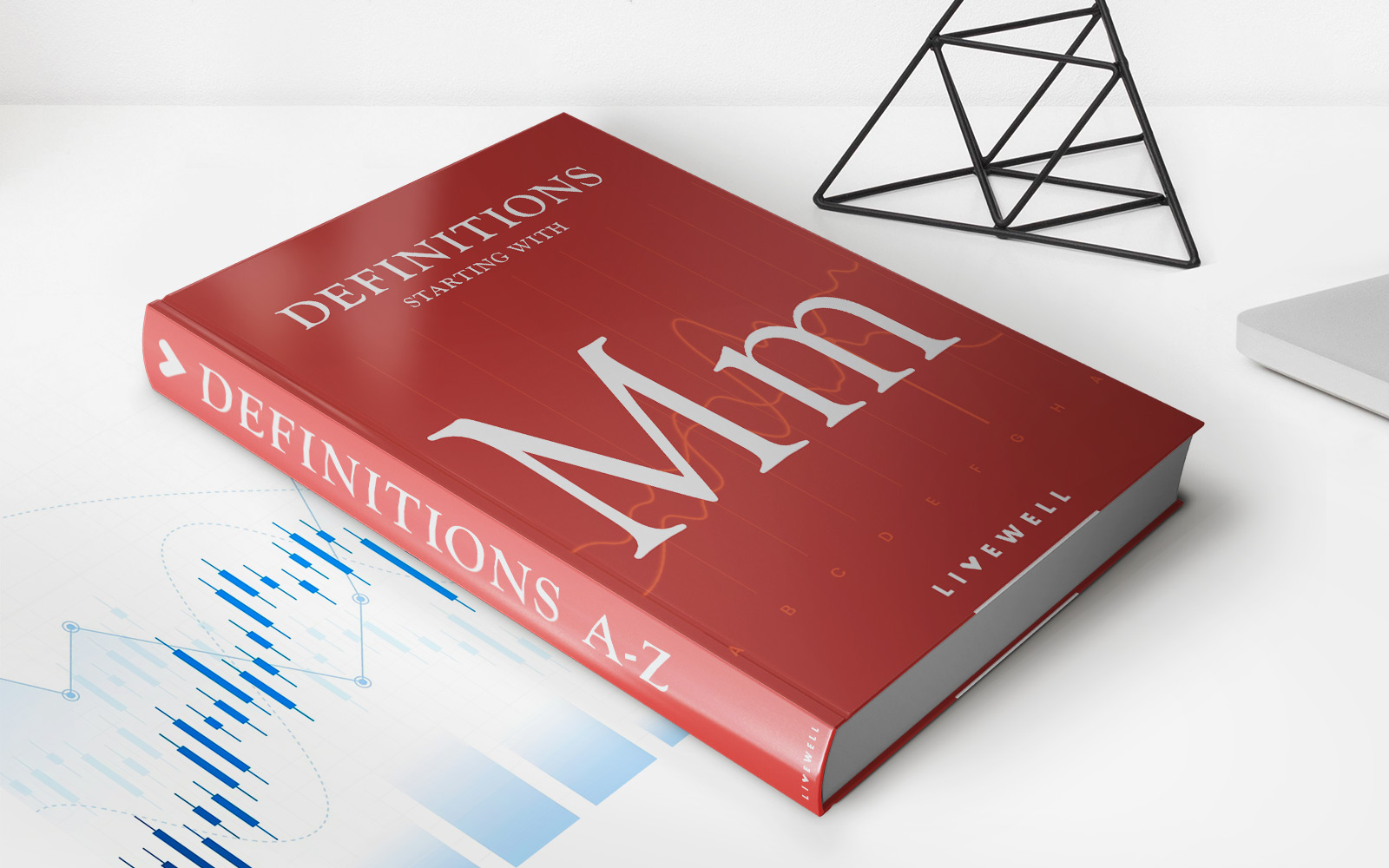Home>Finance>Fully Amortizing Payment: Definition, Example, Vs. Interest-Only


Finance
Fully Amortizing Payment: Definition, Example, Vs. Interest-Only
Published: November 29, 2023
Learn the difference between fully amortizing payments and interest-only payments in finance. Understand the definition and see practical examples.
(Many of the links in this article redirect to a specific reviewed product. Your purchase of these products through affiliate links helps to generate commission for LiveWell, at no extra cost. Learn more)
Welcome to the World of Fully Amortizing Payments!
When it comes to managing your finances, understanding different payment options is crucial. One such option is the fully amortizing payment. In this blog post, we will explore the definition of a fully amortizing payment, provide an example to help you grasp the concept, and compare it to interest-only payments. So, let’s dive in and unravel the mysteries of fully amortizing payments!
Key Takeaways:
- A fully amortizing payment is a fixed, regular payment that includes both principal and interest.
- It allows you to gradually pay off your loan balance over time.
What is a Fully Amortizing Payment?
A fully amortizing payment is a payment structure where both the principal and interest on a loan are paid off over a specific period. It is a way to gradually eliminate your debt through regular fixed payments. These payments are typically made monthly and remain the same throughout the loan term. Unlike interest-only payments, which only cover the interest charges, fully amortizing payments go towards reducing the outstanding loan balance.
Let’s break down the components of a fully amortizing payment:
- Principal: The initial loan amount borrowed or the remaining loan balance that needs to be paid off.
- Interest: The cost of borrowing the money, calculated based on the interest rate and the outstanding loan balance.
- Loan term: The duration of time in which you have to repay the loan. It can vary depending on the type of loan and the agreement with the lender.
Each fully amortizing payment you make comprises a portion that goes towards paying off the principal and another portion that covers the interest charges. In the early stages of the loan, a higher percentage of the payment is allocated for interest. Over time, as the outstanding balance reduces, a larger portion of the payment goes towards reducing the principal amount owed.
Fully Amortizing Payment Example
Let’s say you have taken out a 30-year mortgage loan for $200,000 at an interest rate of 4%. Using a loan amortization calculator, we can determine the monthly payment you would need to make:
Loan Amount: $200,000
Interest Rate: 4%
Loan Term: 30 years
Monthly Payment: $955.35
With this example, your fully amortizing payment would be $955.35 per month. Over the course of the loan term, you will make a total of 360 payments, with each payment contributing to the reduction of both the principal and interest.
Fully Amortizing Payment Vs. Interest-Only Payment
Now that we understand what fully amortizing payments are, let’s compare them to interest-only payments:
Fully Amortizing Payment:
- Includes both principal and interest in each payment.
- Gradually reduces the loan balance over time.
- Higher monthly payment compared to interest-only payments.
- Equity in the asset increases over time.
- Commonly used for mortgage loans and auto loans.
Interest-Only Payment:
- Only covers the interest charges and doesn’t reduce the principal balance.
- Lower monthly payment compared to fully amortizing payments.
- Popular for short-term loans or specific financial strategies.
- Does not build equity in the asset.
- May require a larger payment or balloon payment at the end of the term.
As you can see, fully amortizing payments allow borrowers to steadily pay down the loan balance, while interest-only payments focus solely on covering the interest charges. The choice between the two depends on your financial goals, circumstances, and the terms of the loan.
Conclusion
Fully amortizing payments provide a structured approach to pay off debt over time. By understanding how these payments work, you can make informed decisions about your finances and choose the payment method that aligns with your goals. Remember, each payment you make brings you one step closer to financial freedom!
